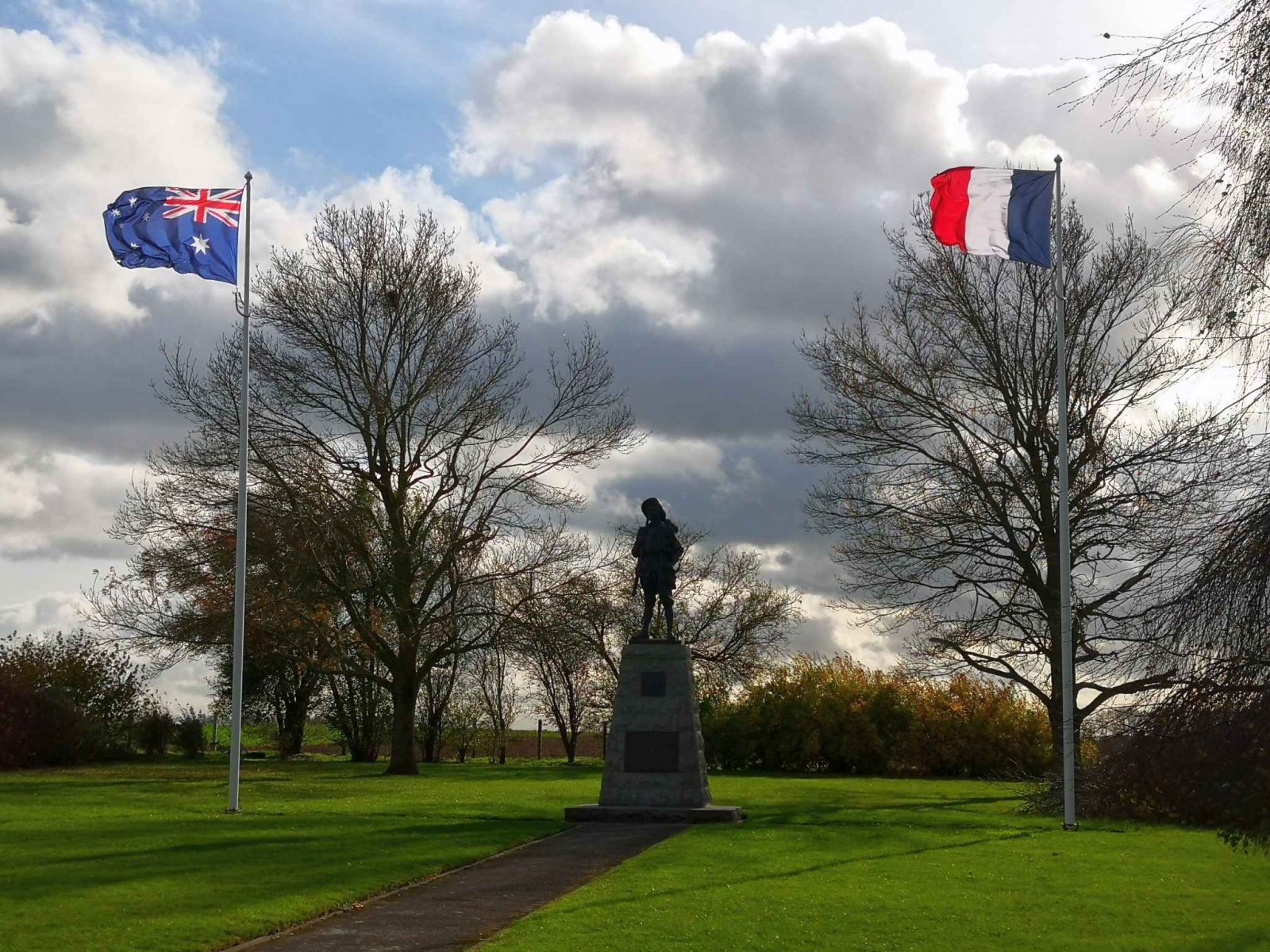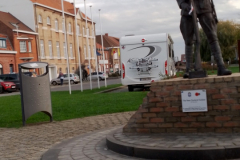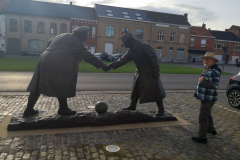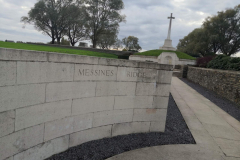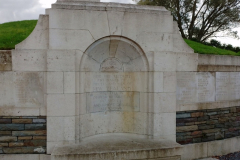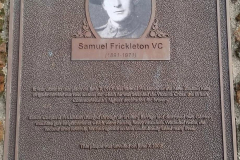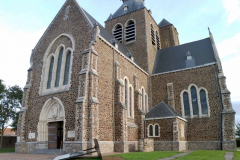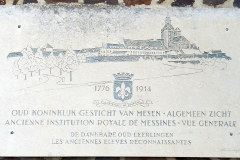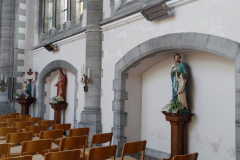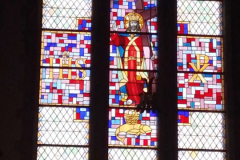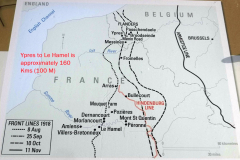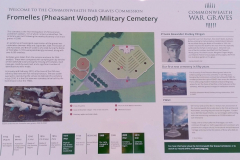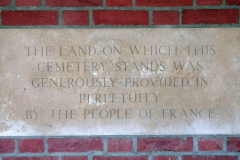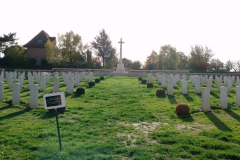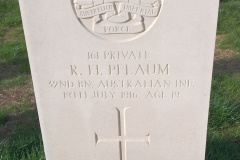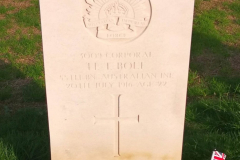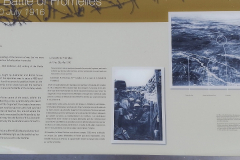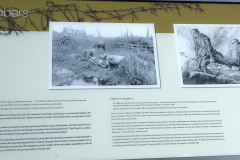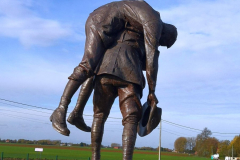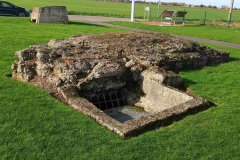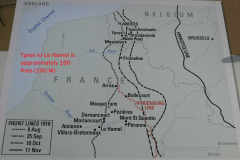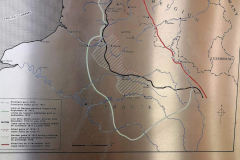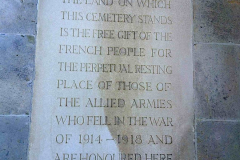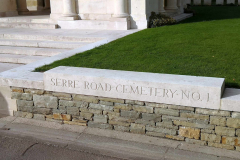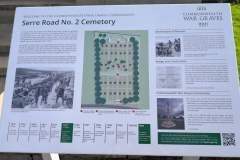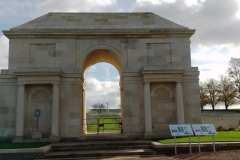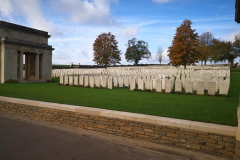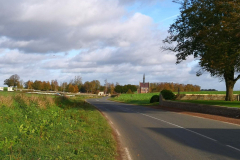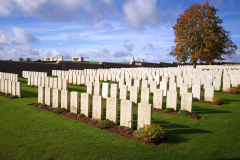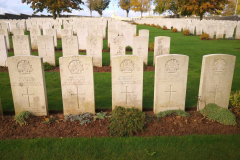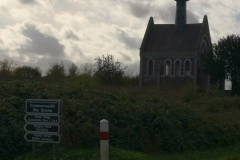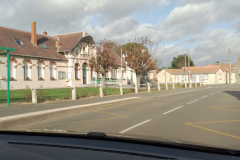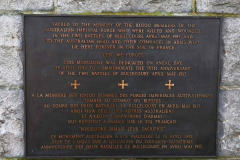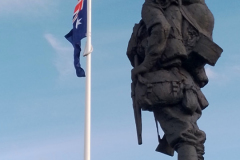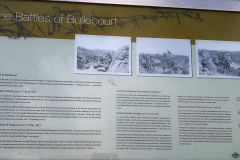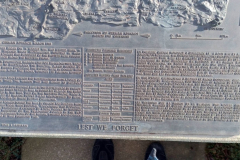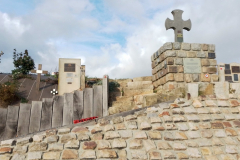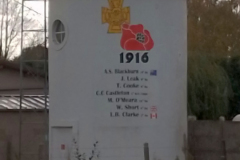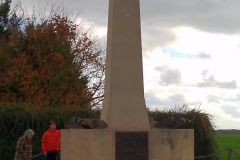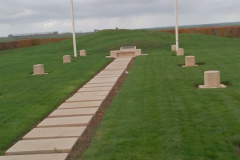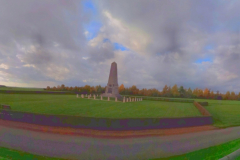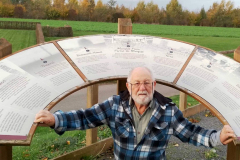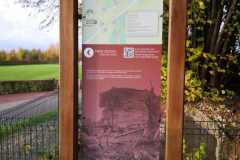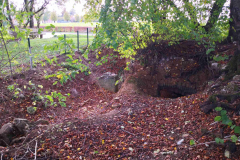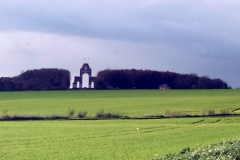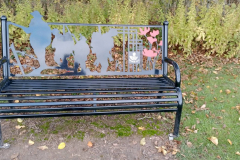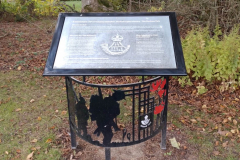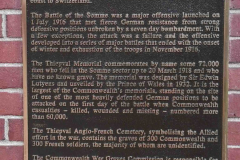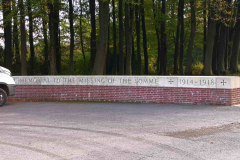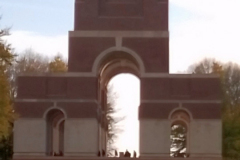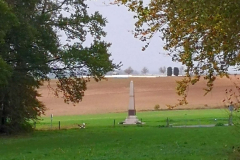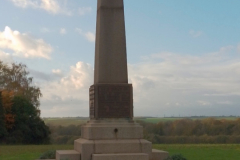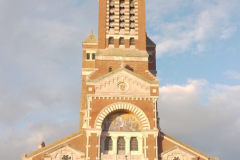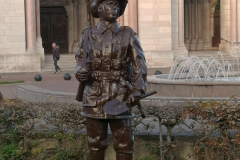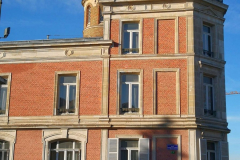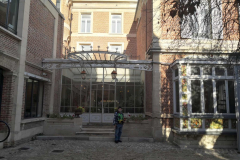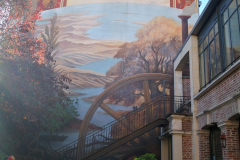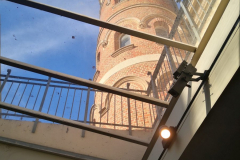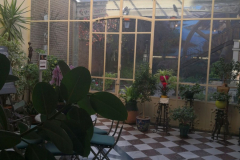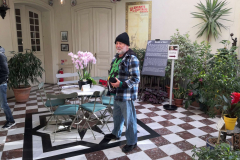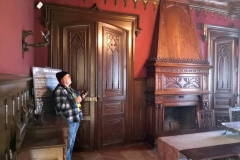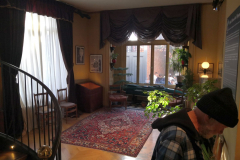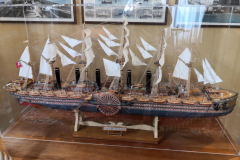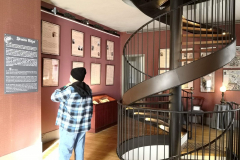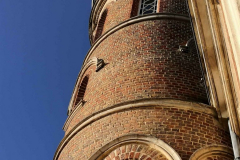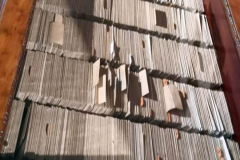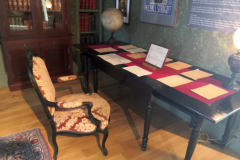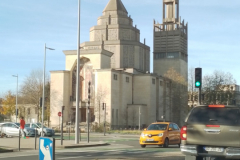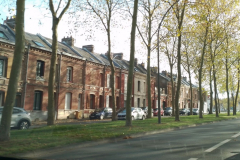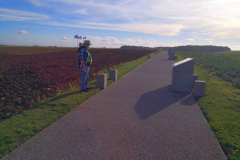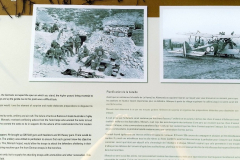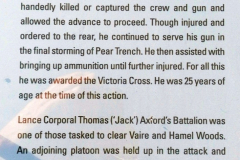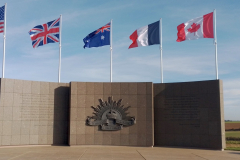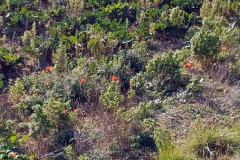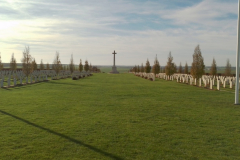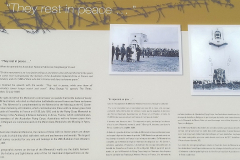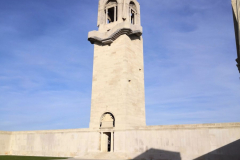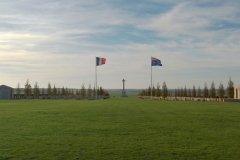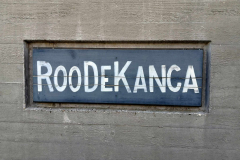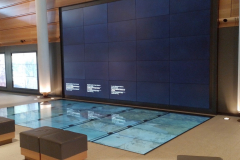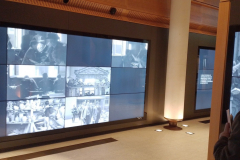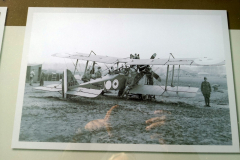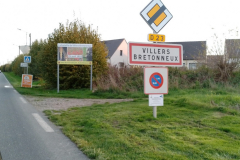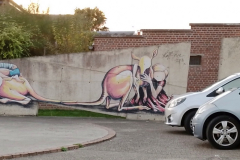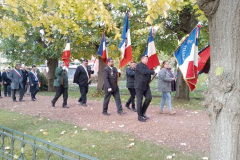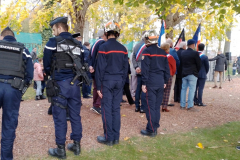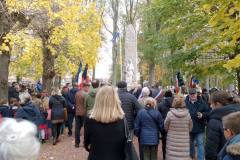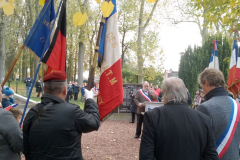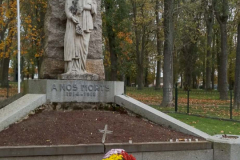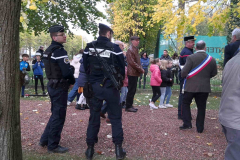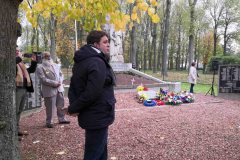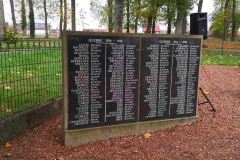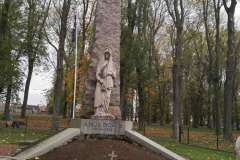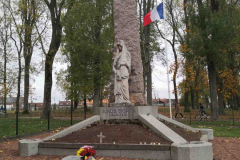Well, at last I have gotten to the end of our 2022 European Tour. It has only taken me 2 months to catch up but in my defence there was Xmas holidays in that period.
Anyway I am going to attack this blog in a different way to past blogs. Because we came home with thousands of photos I have had to cull them down as always. To that end our stay at Amiens included many memorable sites. So many that I will post individual galleries of the most important places we visited. At the start of each gallery I will post a picture of a WW1 map showing where these sites are located.
Messines
The first gallery is of the Messines Ridge War Cemetery and nearby area. Messine Ridge is just one famous battlefield which was fought by the allies including our New Zealand brothers. It started with the detonation of over 1 million tons of explosives causing a blast heard in London 200 kms away. Over 10,000 enemy troops were killed or injured in that blast in the offensive that took place just prior to the Battle of Passchendaele.
Fromelles
Fromelles was our next stop. In the battle of Fromelles on 19 July 1916 the 5th Australian Division and the British 61st Division, attacked strongly fortified German front line positions near Flanders in Northern France. The offensive was a disastrous failure. The attack was planned to stop the Germans moving south to the Somme to join in the battle against a large Allied. Over 2,000 Australians were killed in action. Some consider Fromelles the most tragic event in Australia’s history.
Towards the end of this gallery there are several interesting points to note. Not far from Fromelles War Cemetery is the Australian Memorial Park. In this small park is a statue by Peter Corlett a noted Australian Scultor. The statue, named “Cobbers” depicts a soldier helping rescue an injured comrade. There are also the remains of 4 German blockhouses in this park.
Just beyond this memorial is “VC Corner”. VC Corner has no headstones and is the only soley Australian Cemetery in France. It contains a wall inscribed with the names of almost 1300 soldiers who died in local battles and who have no known grave. In between VC Corner and the Australian Memorial Park (less than a few hundred metres apart) you’ll see 2 photos indicating the position of both the German and Allies front line. No wonder the battles were so fierce.
Le Hamel
It was high time that the anxiety and nervousness of the public, at the sinister encroachments of the enemy upon regions which he had never previously trodden, should be allayed by a demonstration that there was still some kick left in the British Army. I was ambitious that any such kick should be administered, first, at any rate, by the Australians. Lt Gen (Sir) John Monash.
From Fromelles we moved to the city of Amiens to be more central to the battlefields of the Somme. This region is covered in war cemeteries of many different countries. Our first visitation was to Serre Rd Cemeteries (1 & 2). Number 2 Cemetery is now the largest cemetery under the care of the Commonwealth War Graves Commission. It is the resting place of over 7100 servicemen of which almost 5000 remain unidentified.
This area is also where Lt Gen John Monash (later ‘Sir’) led the battle of Le Hamel which was so successful it became the model for future attacks. The objective, the town of Hamel, was taken in around 90 minutes, a monumental success. Monash’s theory of co-ordinating all forces in a battle, that is artillery, tanks, air support, infantry etc proved to be the best way to take an objective. This theory is now taught in military schools worldwide.
Bullecourt
From Hamel we moved on to Bullecourt. Australian Infantry Forces were involved in two battles at Bullecourt in an attempt to break the German’s Hindenburg Line. In these two battles the eventual AIF victory cost over 10,000 killed or wounded for a location of little to no tactical use.
This gallery shows a statue now known as “The Bullecourt Digger” standing on the ridge that the Germans held until the AIF dislodged them. It was sculpted by Melbourne artist Peter Corlett. In a strange quirk of fate Peter Corlett had no idea that his father had fought on this site attached to the 4th Machine Gun Company. Mr Corlett used an old photograph of his father to sculpt the face of a fresh faced digger. He also went to great pains to accurately replicate the uniform and kit of the AIF soldier.
Pozieres
Next was Pozieres. The drive there was as scenic as we had become accustomed to. There were memorials by the roadside and passing through some quaint French villages was the norm. As the weather threatened we stopped at one farm to photograph a mountain of sweet potato waiting to be collected.
The first stop for us was the Tank Corps Memorial just north of Pozieres. This 1919 memorial features 4 models of tanks on a granite obelisk. It commemorates the first use of tanks in war in 1916 which happened nearby. Some half a kilometre or so to the south west is the Memorial to the 1st Australian Division and across the road from that is the Gibraltar Bunker.
Thiepval Anglo French Memorial
As we drove further on a huge memorial stood out on a distant ridge. It turned out to be the Thiepval Anglo French Memorial This splendid memorial (aka The Memorial to the Missing of the Somme) is the burial place of 72,000 British and South African soldiers including many whose graves are not known. To watch a video on this magnificent tribute click here.
Albert
In the midst of these blood soaked battlefields is the commune of Albert. Albert was mostly obliterated in WW1 and was again the target of bombing in WW2. Shane and I stopped here briefly for a feed. We were struck by the beauty of yet another church, the Basilica of Notre-Dame de Brebières.
The Incredible Storyteller Jules Verne
It was now November 10th and for a change we decided to start the day to some place other than a cemetery. Not far from our accommodation in Amiens is the home of pioneering sci-fi writer Jules Verne. This fascinating museum is full of what you’d expect of someone with such a terrific imagination.
Entering through a side gate you first encounter a gorgeous courtyard with sparse plantings and murals. Towering above the house is a circular watch tower that gives the building a fantasy feel. The museum is loaded with history of the man famous for such epics as “Around the World in 80 Days”, “Journey to the Center of the Earth” and my favourite, “20,000 Leagues Under the Sea”. Verne also wrote many others as well as plays and stage shows. He was also an civic minded person who was involved in local politics.
The sea obviously fascinated Verne because the house has numerous model boats. There is even a room designed as a boat wheelhouse. There are two circular stairways, one of which ascends to the top of the tower while the other goes to an attic full of mysterious fun.
Jules Verne also had several ‘writing rooms’ but his main den was a tiny room upstairs that had a bed, chair and desk and little else. In one room there is a map of the world on the floor marked with several journeys made by the famous author. We are so glad we took the time to visit the home of this great writer.
The Australian Corps Memorial Park
There is a lot of signs in this gallery. I only hope you can read them. If not just richt click on you mouse to ‘save image’ then us a graphics program (I use and recommend Irfanview) then zoom in.
After a short drive from Amiens we reached the Australian Corps Memorial Park which is right near to the Sir John Monash Centre (next blog post). From the carpark there is a long pathway towards the top of the ridge. Either side of the path are plinths with the following signs on them giving information on various aspects of the battle. There is also a very interesting story on Baron Von Richtofen aka “The Red Baron” as well as the story of two Victoria Cross awardees.
Finally you arrive at the memorial with statements praising the soldiers that gave their lives for us on the wall of the memorial and the flags of five great nations that gave all during these terrible battles. Just a few metres from the memorial is a trench used in wartime and while investigating it we noticed the beautiful red, wild poppies of Flanders swaying in the afternoon sun.
The Monash Centre
Only 5 kms from the ACM is the Australian National Memorial and the General Sir John Monash Centre which is another fascinating place to learn about our military history. The Sir John Monash Centre is a museum and interpretive centre that commemorates Australian servicemen and women who served on the Western Front during the First World War.
After walking through the headstones of our forebears we then followed the path down into the SJMC. Some humorous ‘street signs’ line the path before we descended into the Centre proper. Inside we were met by one of the fantastic members of the Commonwealth War Graves Commission who like others we’d previously met gladly answered any questions we had plus some more. I have previously overlooked acknowledging the terrific staff of the CWGC who have been wonderful.
The SJMC is a modern interactive museum choc-a-block with information and artefacts. Photos, signs and displays inform the visitors of everything you would want to know about the Great War and the personal points of view from the everyday ‘digger’ highlights the hardships of war.
Villers-Bretonneux
On the last day of our journey we got up early, packed our bags and headed for Villers-Bretonneux. It was the 11th of November, Remembrance Day and we had planned to attend Remembrance Day ceremonies here to honour all those who fought for our freedoms.
Villers-Bretonneux is much smaller than I imagined but the esteem that the locals hold for Australians is evident everywhere in this commune. We had coffee at a café across the street from the cenotaph where the ceremony would be held. At the ceremony we ran into the same lady from the SJMC that we’d spoken with the day before. As we chatted we mentioned that we were on our way home and she wished us safe travels.
One thing that we noticed that proves that Australia is a lucky country is the ever present shadow of the French Military and Police who are normally armed to the teeth. Such is the result of the ugly threat of terrorism which we don’t see at home.
On this trip we had visited Australian War Graves at the Thai Burma Railway, Gallipoli and France. This has been an exceptional journey and the CWGC do a fantastic job. We have always said as Aussies we have a lot to be proud of. On the global stage we have punched (and still punch) well above our weight.
I hope that followers of my blog have enjoyed the journey with us and that you too are now inspired to visit these foreign lands where there is so much to learn. It is also a great way to teach others of what freedom really is about. Don’t ever knock Australia. We’re not perfect but we stand head and shoulders above much of the world.
For those who have missed our blogs previously this journey started at Bangkok.
Until our next trip (NZ I think) be safe and love your family (close and extended).
Garry and Shane
volitans@volitans.net.au
